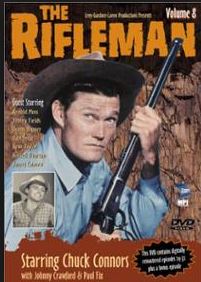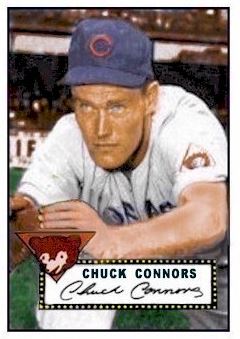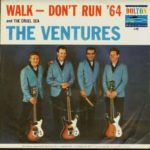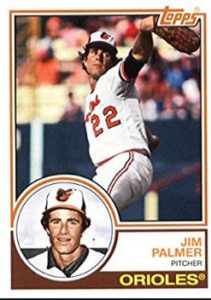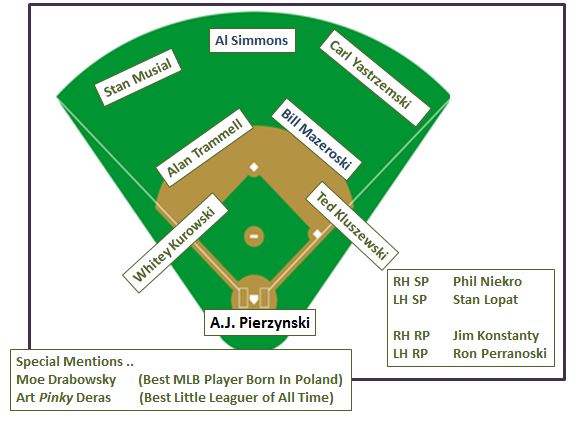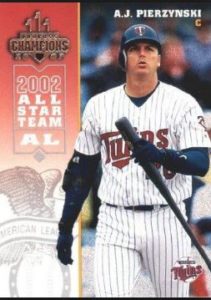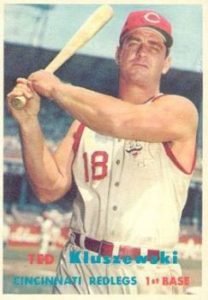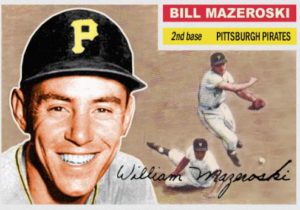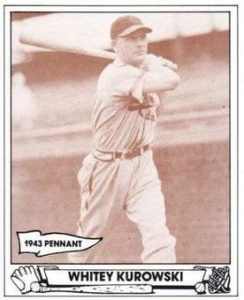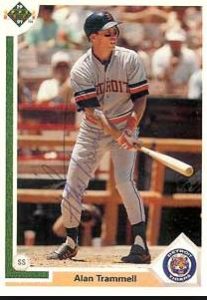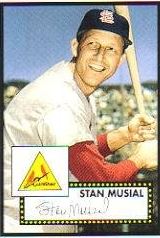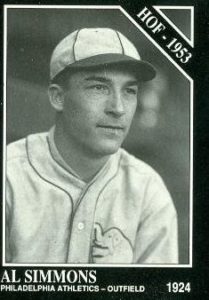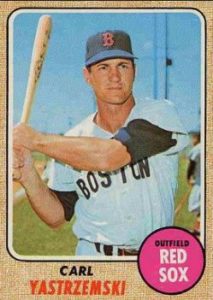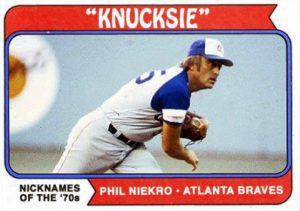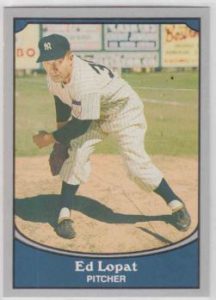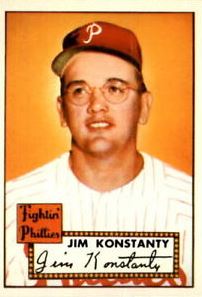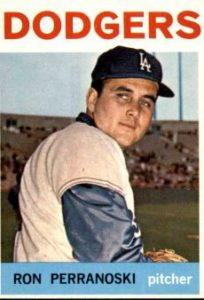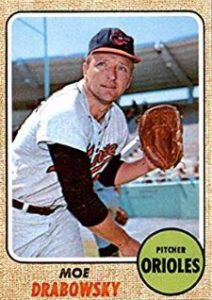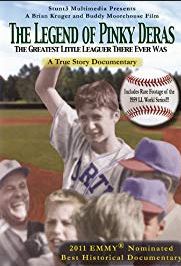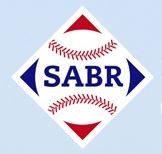On this date (February 28) in 1966, Los Angeles Dodger pitchers Sandy Koufax and Don Drysdale began what it arguably the most notable holdout in MLB history. The pair refused to report to Spring Training unless the Dodgers signed them to a $1 million, three-year contract – with each receiving $167,000 annually. The hurlers also said neither would sign separately, the deal was to be a two-fer. Remember, this was at a time when player bargaining rights were considerably restricted – a strong reserve clause, no free agency and no arbitration. Further, Willie Mays was MLB’s highest-paid player at $125,000 annually and no pitcher had ever made a six-figure salary.
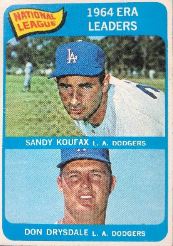 Now, Koufax and Drysdale did have some bargaining power. The year before, the two had led the Dodger to the NL pennant and a World Series Championship. During the 1965 season, Koufax had gone 26-8, with a 2.04 earned run average and 382 strikeouts in 335 2/3 innings. The lefty had led the NL in wins, winning percentage, earned run average, complete games, innings pitched and strikeouts. Drysdale, meanwhile, had gone 23-12, 2.77, with 210 whiffs in 308 1/3 innings – leading the NL in starts, finishing third in victories and placing in the top ten in nearly every pitching category. Koufax had also won his second Cy Young Award and finished second to Willie Mays in the MVP voting. The pair would not sign until March 30 – and only after a noted television cowboy (no not Gene Autry) had ridden in to help save the day. The haggling had gone back and forth and the pair of hurlers had even signed on to appear in a movie (with actor David Janssen) – with filming slated to start about a week before the season opener – to make clear their willingness to sit out the season. Reports indicate that Chuck Connors – star of the hit television series The Rifleman – played a key role setting up the late March meeting between Buzzie Bavasi and Drysdale (at Nicola’s, a popular restaurant near Dodger Stadium) that led finally broke the impasse – with Koufax signing for $125,000 and Drysdale for $100,000.
Now, Koufax and Drysdale did have some bargaining power. The year before, the two had led the Dodger to the NL pennant and a World Series Championship. During the 1965 season, Koufax had gone 26-8, with a 2.04 earned run average and 382 strikeouts in 335 2/3 innings. The lefty had led the NL in wins, winning percentage, earned run average, complete games, innings pitched and strikeouts. Drysdale, meanwhile, had gone 23-12, 2.77, with 210 whiffs in 308 1/3 innings – leading the NL in starts, finishing third in victories and placing in the top ten in nearly every pitching category. Koufax had also won his second Cy Young Award and finished second to Willie Mays in the MVP voting. The pair would not sign until March 30 – and only after a noted television cowboy (no not Gene Autry) had ridden in to help save the day. The haggling had gone back and forth and the pair of hurlers had even signed on to appear in a movie (with actor David Janssen) – with filming slated to start about a week before the season opener – to make clear their willingness to sit out the season. Reports indicate that Chuck Connors – star of the hit television series The Rifleman – played a key role setting up the late March meeting between Buzzie Bavasi and Drysdale (at Nicola’s, a popular restaurant near Dodger Stadium) that led finally broke the impasse – with Koufax signing for $125,000 and Drysdale for $100,000.
What followed the signings was a combination of good news and bad news.
- The Good News was that Koufax and Drysdale did help the Dodgers repeat as NL Champions. The Bad News was that Los Angeles lost the World Series to Baltimore in four games.
- The Good News was that Koufax delivered a 27-9, 1.73 season. The Bad News was that Drysdale went 13-16, 3.42.
- The Good News was that, in 1966, Koufax won his third Cy Young Award and led the league in wins (27), ERA (1.73), starts (41), complete games (27), shutouts (5), innings pitched (323) and strikeouts (317). The Bad News was that, due to an arthritic elbow, that spectacular season would be Koufax’ last. Note: Drysdale pitched for the Dodgers until 1969 – going 45-48, 2.92 over his final four seasons.
Now back to the television cowboy – Kevin Joseph “Chuck” Connors was much more than a TV sod buster. Yes, he was the as star of the successful TV western series The Rifleman and had roles in such classic movies as Old Yeller and television presentations like Roots (which earned him an Emmy nomination).
The 6’5” left-hander, however, also played first base for the Chicago Cubs (and made one pinch-hitting appearance for the Dodgers), took the courts as a forward and center for the Boston Celtics, and was drafted by the Chicago Bears.
Here are a few other Connors tidbits:
AS AN ACTOR
- In 1959, Connors won a Golden Globe Award (Best Television Performer) for his work in The Rifleman.
- Connors starred in four television series: The Rifleman; Arrest and Trial; Branded; and Cowboy in Africa.
- In 1984, Connors was honored with a “star” on Hollywood’s Walk of Fame.
- Connors made guest appearances on television shows ranging from Gunsmoke to Spenser for Hire to the Sonny & Cher Comedy Hour.
- Connors’ movie credits include such films as Pat and Mike; Old Yeller; Geronimo, Flipper; The Big Country; Solyent Green; and Airplane II.
- Connors is a member of the Western Performers Hall of Fame of the National Cowboy and Western Heritage Museum.
AS AN ATHLETE
- In a four-season span at AAA (1948-51), Connors’ batting averages were: .307; .319; .290 and .321.
- In 1951, Connors hit .321, with 22 home runs and 77 RBI in just 98 games for the Triple A Los Angeles Angels.
- Connors was known to turn cartwheels while circling the bases after a home run.\
- Connors is credited with shattering the first NBA glass backboard ever, during a November 1946 Celtics’ pregame warm-up.
For the full story on Chuck Connors, click here.
Primary Resrouces: Baseball-Reference.com; “Fifty years ago, Dodgers’ Sand Koufax and Don Drysdale engaged in a salary holdout that would change baseball forever” – Los Angeles Times, March 28, 20166; OurChuckConnors.com; Society for American Baseball Research.
BASEBALL ROUNDTABLE ON THE TOP 100 BASEBALL BLOG LIST
 Baseball Roundtable is on the Feedspot list of the Top 1oo Baseball Blogs. To see the full list, click here.
Baseball Roundtable is on the Feedspot list of the Top 1oo Baseball Blogs. To see the full list, click here.
I tweet baseball @DavidBBRT
Follow/Like Baseball Roundtable’s Facebook Page here. More baseball commentary; blog post notifications; PRIZES.
Member: Society for American Baseball Research (SABR); The Baseball Reliquary; The Negro Leagues Baseball Museum.
